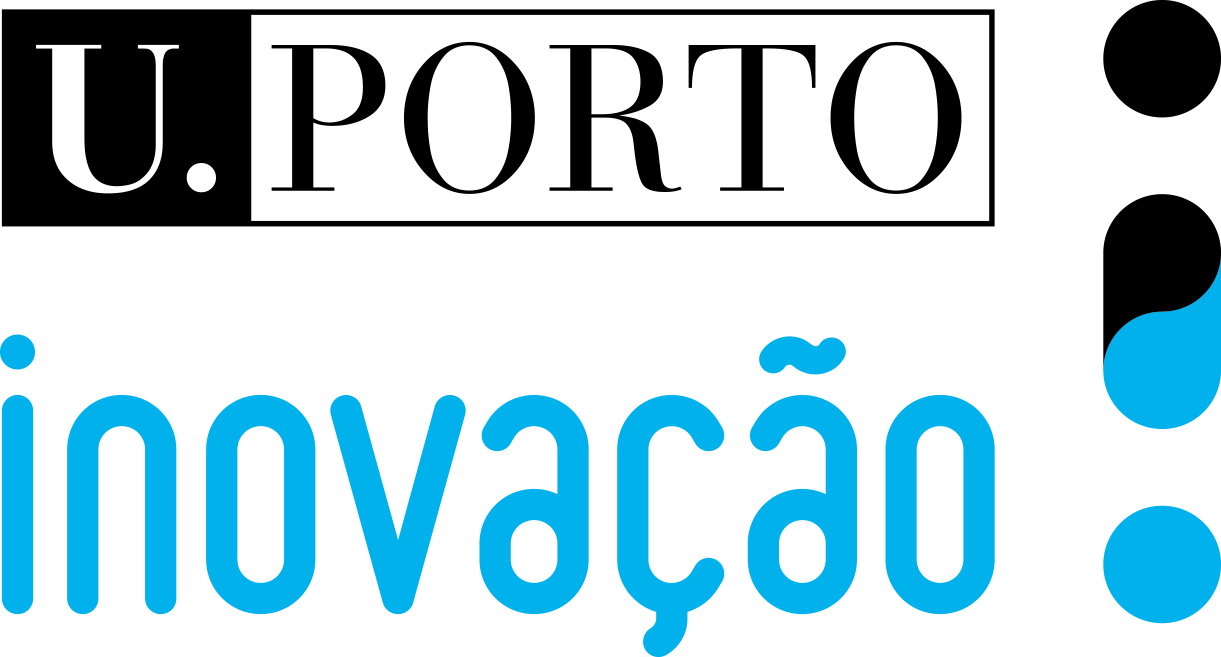The present invention is a nanogenerator driven to harvest electrical energy from turbulent fluids at high temperature and high pressure environments. The device is composed of two closely spaced electrodes of triboelectric materials with opposite tribo-polarity. One of these electrodes is nanoporous SiO2 deposited on Cu sheet whereas the second triboelectric material PTFE is flexible. The nanogenerator can be put into tubes of any cross sectional shapes and sizes and be applied as a self-powered sensor that can work and send data using fluid movements.
Energy harvesting by converting environmental wasted energy (movement, vibration, pressure) into electricity may decrease the reliance of traditional power supplies, such as batteries. When long-term operation of a large number of electronic devices in harsh environments is required, energy harvesting has the advantages of outstanding longevity, relatively little maintenance, minimal disposal and contamination. Hybrid nanogenerators integrate different types of harvesters in a single unit, where several energy sources can be leveraged either simultaneously or individually, by utilizing the piezoelectric and triboelectric property of materials. Energy harvesting devices have strong potential to not only meet growing global energy demand but also support a wide range of self-powered electronics applications. Therefore, there is a need for reliable hybrid harvesting devices, capable of monitoring and transmitting real-time data even on remote locations.
The implementation of micro/nano-generators with low sizes, small weights and high flexibility, allows them to be easily adapted to different surfaces and placed in remote locations, therefore, improving the continuous and safe exploitation of oil and gas. In order to maximize its efficiency, the device combines three different energy harvesting mechanisms (piezoelectricity, triboelectricity and electromagnetic induction) able to cope with harsh environments (high temperature and pressure).
This is a breakthrough technology that will result in a small energy generator able to harvest environmental wasted energy in harsh environments to feed low power electronic sensors. This technology can be used in the Oil & Gas field, especially in pipelines, where the monitoring of fluid physicochemical properties is crucial. Furthermore these devices have the potential to decrease the operational costs of changing the batteries of existing monitoring sensors for the drilling companies or to increase the competitive advantage for sensor companies who already sells custom-made solutions in the Oil & Gas market.






